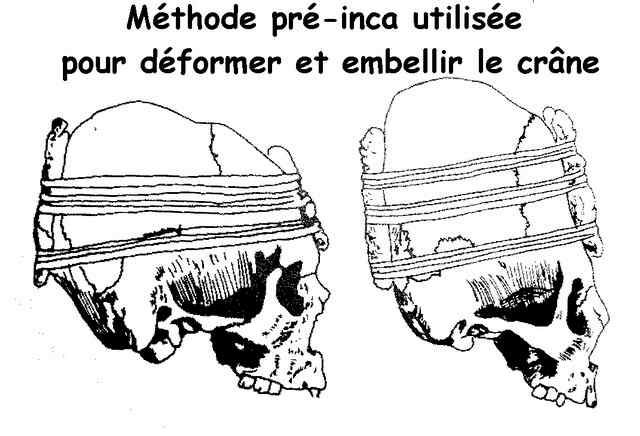
Ready to experience the wonders of Peru? Get in touch, and we’ll help you plan the adventure of a lifetime!

Ready to experience the wonders of Peru? Get in touch, and we’ll help you plan the adventure of a lifetime!

Email Consent Notice
By checking the box, you consent to PeruVisit.com collecting and processing your email address for the purpose of sending newsletters, promotional offers, and information about tours in Peru.
You acknowledge and understand that:
For full details on how we manage personal data, please refer to our Privacy Policy.
The Paracas culture, a fascinating civilization that thrived in southern Peru, spanned from the middle of the 1st millennium BCE to the beginning of the 1st millennium CE. This ancient society left an indelible mark on the region's historical landscape, unfolding its unique practices and cultural intricacies over several centuries.
The legacy of the Paracas civilization endures through numerous burial sites scattered across the region. Thanks to the arid and hot climate of the area, coupled with the high salt content in the soil, the discovered mummies have been remarkably preserved over the centuries.
For those eager to witness this archaeological treasure trove, visiting the museum in the city of Ica becomes a journey back in time. Here, amid carefully curated exhibits, one can marvel at the intact mummies, gaining insight into the rituals, traditions, and daily life of a civilization that once flourished in the southern reaches of Peru.
The crania of the majority of discovered mummies from the Paracas culture exhibit profound deformation, elongated upwards. Following the traditions of the Paracas culture, the heads of babies of 1-6 months old were tightly bound, with solid cushions compressing the front and back. This practice gradually molded the soft bones of a baby's skull into the desired elongated form.
This distinctive cranial deformation was not merely a physical alteration; it held cultural significance within the Paracas society. The deliberate shaping of skulls reflected a complex interplay of beliefs, rituals, and perhaps societal roles.


Indeed, the Paracas civilization captivates not only through cranial deformation but also through a fascinating and somewhat mysterious practice. Astonishingly, a significant percentage (40-60%) of skulls discovered in their burial sites bear variously shaped perforations. The inhabitants of Paracas were practitioners of cranial trepanation—a surgical procedure involving the removal of a portion of the skull. What sets this apart is that these operations were performed on living individuals, with some even undergoing multiple trepanations, evidenced by skulls with multiple perforations.
Scientists assert that, remarkably, individuals subjected to such procedures not only survived but displayed bone growth around the trepanned areas, indicating a level of healing post-operation. Unfortunately, the exact purposes of these surgeries remain elusive to us. It is speculated that these trepanations might have been conducted in pursuit of altered states of consciousness, though the true motivations behind these practices remain shrouded in the enigmatic depths of Paracas culture. The ancient surgical interventions stand as a testament to the sophistication and complexity of their medical knowledge and cultural beliefs.


Get in touch, and we’ll help you plan the adventure of a lifetime!